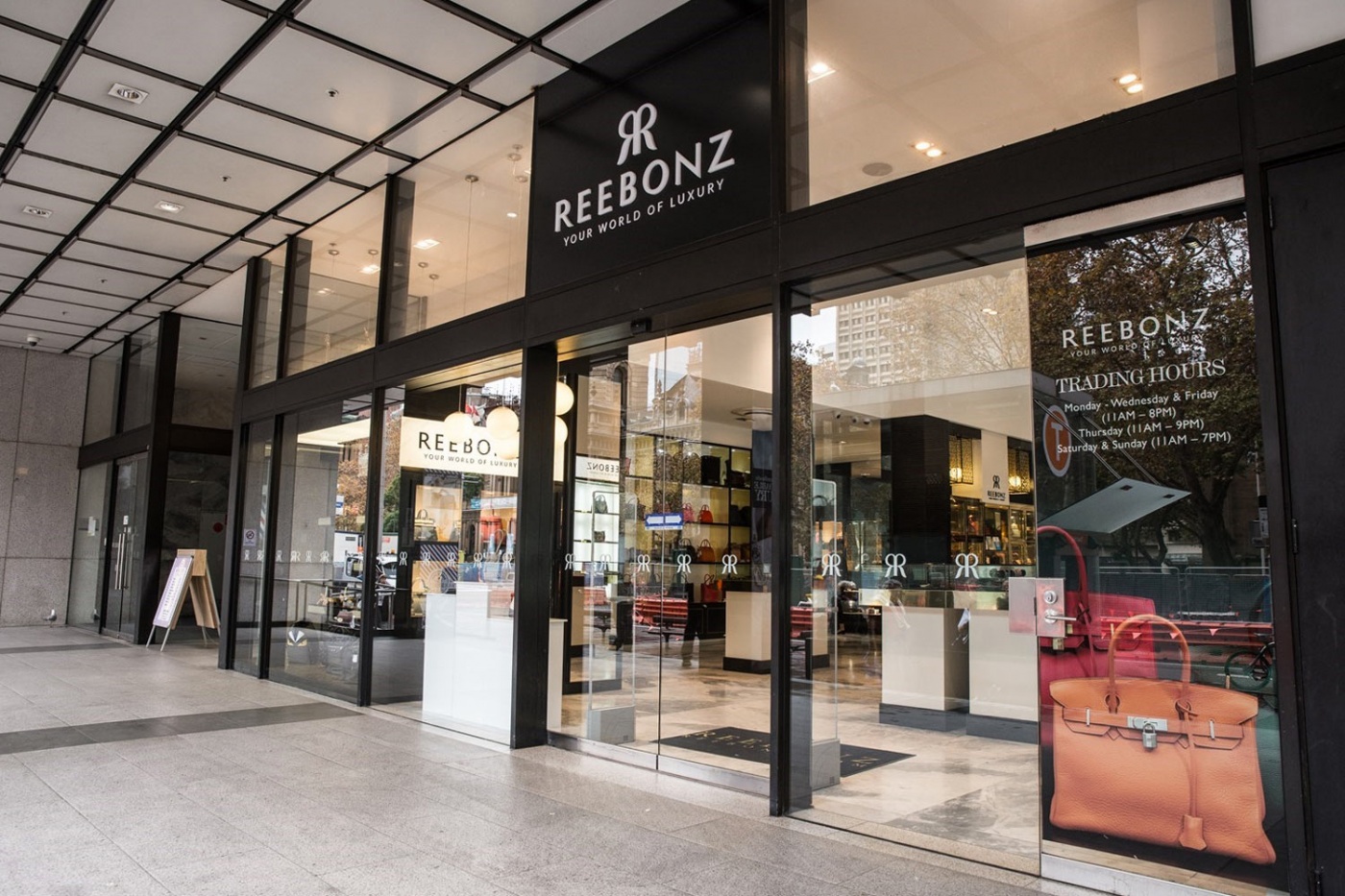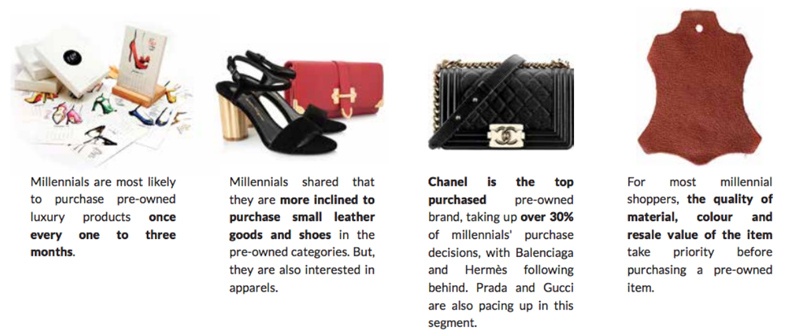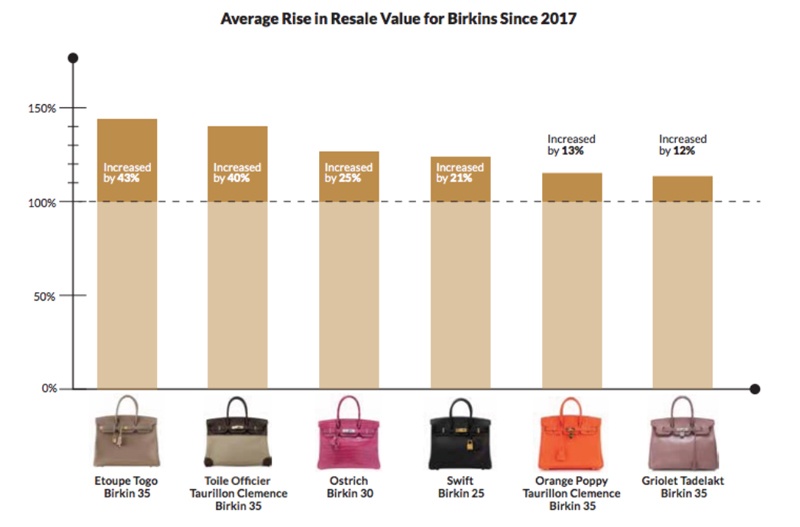Reebonz Releases 2nd Edition of the Asia Luxury Index
Asia’s leading online luxury retailer investigates shifts in the luxury landscape and shares insights dictating the changes on the next big bet in luxury
Reebonz has launched the 2017 Asia Luxury Index, the second edition of the benchmarking report of the online luxury ecosystem. The first-of-its-kind report released in 2016 delivered key insights on the evolving hierarchy of power between ultra-luxury and cult favourite brands, kept a close watch on the growth observed in the pre-owned space and shared how this demanded a new way of engaging both individual buyers and sellers within the luxury ecosystem.
Combing through Reebonz’s sales data across Australia, China, Hong Kong, Indonesia, Malaysia, New Zealand, Singapore and industry reports, 2017 has seen new category sectors apart from bags making a strong point for growth. Although bags continued to dominate with an average of 77% of total transactions in 2016 and 2017, the steep sales growth in shoes and apparels were undeniable. Hong Kong delivered stellar performances in sales growth for sneakers and luxury t-shirts, achieving 48% and a six-fold increase respectively.
The second edition also takes a deeper look into the emergence of the millennial shopper that has tilted the scales in favour of a pre-owned luxury market that continues its growth trajectory. Chanel, the top purchased pre-owned brand by millennials, saw the number of bags sold almost double from 2016 to 2017.
A quantitative survey conducted on millennials within the Asia Pacific region revealed key factors that this new breed of resale shoppers consider before making a pre-owned luxury purchase. For most, resale value of the item still takes priority in their purchase decisions.
Shoppers seeing more value in pre-owned luxury
The changing perceptions towards pre-owned luxury have certainly altered the state of resale and how consumers shop today, contributing to a 40% sales growth in the pre-owned category at Reebonz. The growing demands of buying from the resale market cleverly gives rise to a community of individual sellers, injecting the luxury ecosystem with products that meet these needs. In the ‘State of Resale’ section, we share the biggest gainers in category sales growth, best selling brands and the highest transactions made by sellers along other insights that spell why this category is taking off.
Taking stock of investment-worthy brands
The report establishes the 10 most investment-worthy brands that fetch resale values as high as 125% of their original retail price in the secondary market. The top three most valuable brands, Louis Vuitton, Hermès and Chanel, undoubtedly make this list along with familiar luxury names like Gucci, Céline and Dior. We take a closer look at the stronghold of Hermès in the secondary market and chart the average increase in resale value across Birkin models transacted on Reebonz.
Daniel Lim, co-founder of Reebonz said, “With a rich heritage of over 180 years and intricate craftsmanship that is still practiced by artisans today, Hermès has a legacy which falls under the ultra-luxury range, apart from the mainstream luxury. That said, during bad economic times, luxury markets have a tendency to suffer but the ultraluxury market can withstand economic factors that affect other industries.”
As consumers show increased leanings away from the traditional notions of luxury, a search for greater luxury value and experience becomes inherent. For Reebonz, maintaining its status as the trusted online luxury retailer in Southeast Asia requires rapid experimentation and innovation. From championing its authenticity guarantee to evolving its business model along consumers’ changing luxury journey, Reebonz continues being at the frontier of the luxury revolution.




